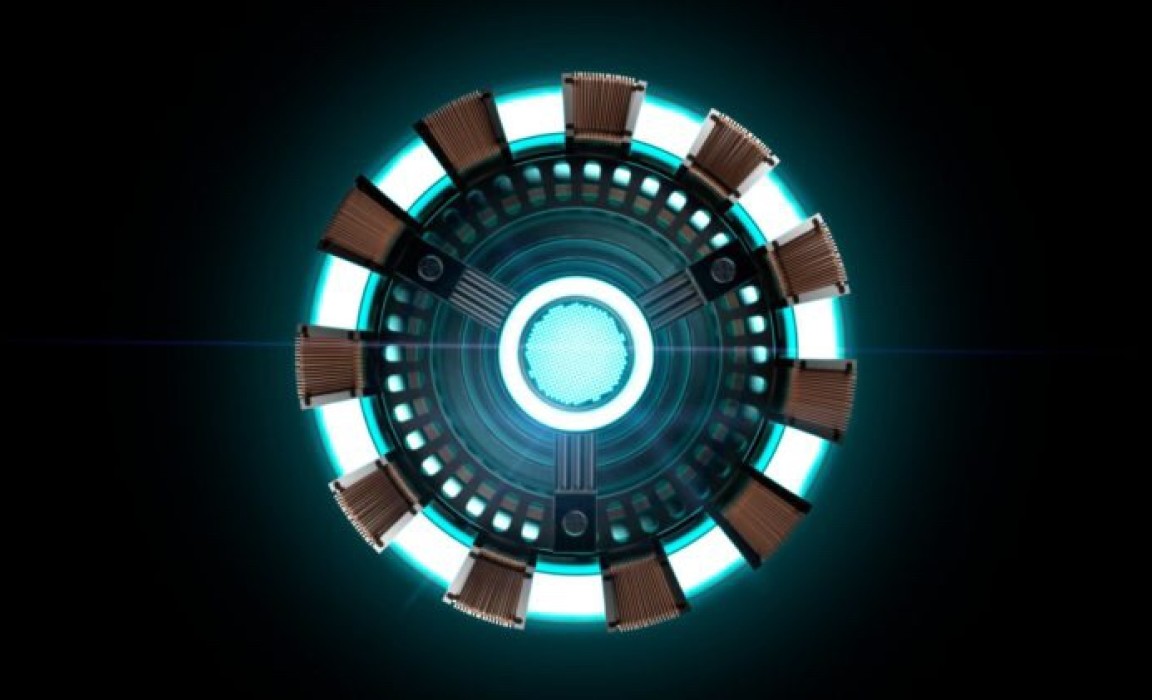How Do Batteries Work?
Oxidation and Reduction
- A metal oxidizes and sends electrons out → a substance reduces and regains electrons
- Once most of the metal oxidizes the battery dies
- Rechargeable Batteries: electricity from a wall outlet reverses the flow of electrons and regenerates oxidized metal
Battery Design
- PVC Wrapper: displays product details/brand
- Cathode: positive end of the battery
- Anode: negative end of the battery
- Steel Casing: stops internal contents from interacting with the atmosphere
- Layer 1: Cathode
- Manganese Oxide + Graphite
- Graphite increases conductivity and energy density
- Layer 2: Fibrous Barrier
- Prevents the anode and cathode material from having direct contact
- Allows the battery to last longer when not in use
- An electrolyte liquid of Potassium Hydroxide is sprayed on the inside of the fibrous barrier during manufacturing and Alkaline Electrolyte is soaked in
- Specialty material allows ions to pass through
- Layer 3: Anode
- A paste made from Zinc powder and a gelling agent
- Powder form increases the surface area of the material which lowers internal resistance, increasing electron transfer
- Nylon Plastic Cap: seals the steel capsule
- Brass Pin: inserted into the Zinc, results in the negative terminal
Electricity
- The flow of electrons through a complete circuit
- Electrons want to get back to their source → they will pursue the optimal route
- Batteries create Direct Current (DC) electricity – electrons flow in one direction from negative to positive
- Alternating Current (AC): electrons flow both ways
- Occurs with wall outlets for example
- Ion: An atom with an unequal amount of electrons and protons
- Positive Ion: more protons than electrons
- Negative Ion: more electrons than protons
- Conductors: allows electrons to easily flow through
- Copper is the most commonly used conductor
- Insulators: does not allow electrons to flow through at all
- Rubber is the most commonly used conductor
Battery Mechanics
- Inside the capsule, Manganese, Electrolyte, Zinc, Water are combined together to create a chemical reaction where atoms start to interact with each other
- Hydroxide Ion atom within the electrolyte will join with Zinc atom inside the Anode
- This chemical reaction is called Oxidation
- Creates Zinc Hydroxide which releases electrons that are collected on the brass pin
- Manganese Oxide atom will join with Water atom within the electrolyte and a free electron
- This chemical reaction is called Reduction
- Manganese Oxide atom undergoes changes and ejects the Hydroxide Ion atom into the electrolyte
- The Water atom is replaced by the one ejected from the Oxidation reaction
- Hydroxide Ion is free to pass through the separator
- Results in a build-up of electrons in the negative terminal → results in the voltage difference between the two ends
- Electrons want to move to somewhere with fewer electrons → since there are fewer electrons in the positive terminal it will try to go there → but the capsule is blocked off → electrons need a different route → when a copper wire is hooked up to two ends electrons will pass through and do work

